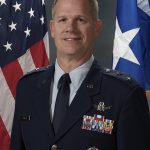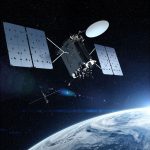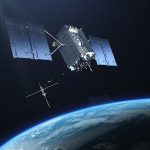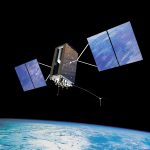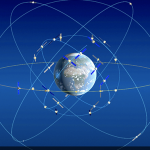Former Senior Intel Leader Gen. Denker Joins Lockheed Martin
HERNDON, Va., – The former deputy director of the National Reconnaissance Office (NRO), Major General (ret.) Stephen Denker, will join Lockheed Martin to lead key satellite ground programs, effective Monday, April 1. Denker will oversee Intelligence and Analytic Development programs in support of space ground systems within the Mission Solutions line of business for Lockheed Martin Space.
By Inside GNSS
